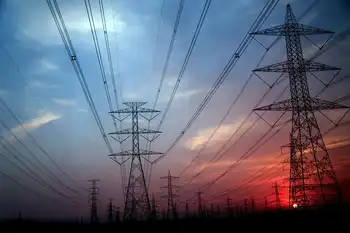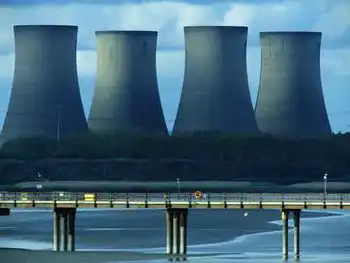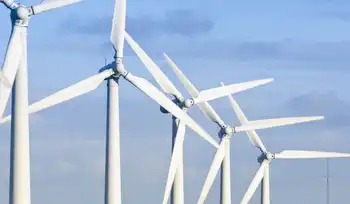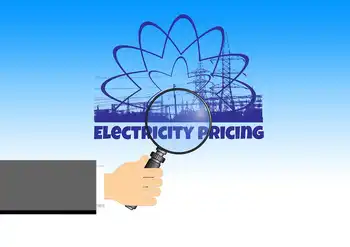Clean coal supporters applaud Illinois carbon storage legislation
By Business Wire
Substation Relay Protection Training
Our customized live online or in‑person group training can be delivered to your staff at your location.

- Live Online
- 12 hours Instructor-led
- Group Training Available
Developed closely with Attorney General Lisa Madigan’s office, SB 1987 provides a framework for the development of “clean coal” projects and requires project developers to capture and store more than 50% of the carbon dioxide, thus making coal plants at least as clean as natural gas, the cleanest fossil fuel in the world.
Taylorville Energy Center managing partner Tenaska noted that the project has received a final air permit from the Illinois EPA which enables it to become the “initial clean coal facility” under the legislation. Since receiving the air permit on June 6, 2007, the project has undergone important design changes to dramatically improve environmental and economic performance. Benefits of the new design include:
• Production of both electricity and substitute natural gas will enable sales of natural gas to serve as a price hedge against electric costs;
• Coal fueled electric generation as clean as natural gas with more than 50% carbon capture, among the first coal plants anywhere to meet this standard;
• Significant improvement in the removal of pollutants – sulfur dioxide (SO2), particulates, nitrogen oxide (NOX) and mercury.
Development of the project will bring with it billions of dollars in economic development, thousands of jobs and the ability to finally use high-sulfur Illinois coal in an environmentally responsible way.
“We want to thank Senators Deanna Demuzio (D-Carlinville), Frank Watson (R-Decatur), Donne Trotter (D-Chicago), Kwame, Raoul (D-Chicago) and Senate President Emil Jones (D-Chicago), who led the effort to secure Senate passage of the legislation,” said Tenaska Vice President Bart Ford. “We also want to thank Governor Blagojevich and DCEO Director Jack Lavin and our diverse team of supporters including leaders from the Illinois AFL-CIO, Illinois Coal Association, Clean Air Task Force, American Lung Association of Illinois, Environmental Law and Policy Center and Citizens Utility Board who all helped move this project forward.”
Newspapers from around the State have editorialized in support of this project – including the St. Louis Post-Dispatch, Chicago Sun-Times, the Daily Herald, the Decatur Herald & Review and State Journal-Register – citing the project’s positive impact on electric rates and the importance of using Illinois coal in an environmentally responsible manner.
Construction of the Taylorville Energy Center will create more than 1,500 construction jobs, plus hundreds of permanent mining and power plant jobs according to an economic impact study from Northern Illinois University. The study also found that central Illinois would experience a regional ripple effect, creating hundreds of new positions in other industries from the Taylorville plant alone.
Once built, the Taylorville Energy Center will be the cleanest coal plant in the world with dramatically lower mercury, sulfur dioxide, nitrogen oxide and particulate emissions than existing coal-fueled power plants.
Sen. Deanna Demuzio, co-sponsor of SB 1987, added, “Coal was once the lifeblood of our region. With passage of this legislation, the Illinois Legislature has taken an important step toward making environmentally responsible coal development a vital component of our economic development. The Taylorville project alone will create more than $1 billion in direct investment, thousands of construction jobs and hundreds of permanent coal mining, power plant and other jobs. Governor Blagojevich has indicated that he supports this legislation and we look forward to receiving his signature.”
“We have more than 100 billion tons of recoverable coal in Illinois and we’ve only used a small fraction of that amount,” said Phil Gonet, president of the Illinois Coal Association. “That’s more energy in Illinois than all the oil in Saudi Arabia and Kuwait. We see clean-coal technology – coal gasification – as the future of economic development in our state.”
“Passage of this legislation marks a powerful milestone in the long development of clean coal in Illinois and particularly the Taylorville Energy Center,” said Ford. “We now have real momentum toward getting this vital plant built.”











